Infrastructure
Found 73 Items
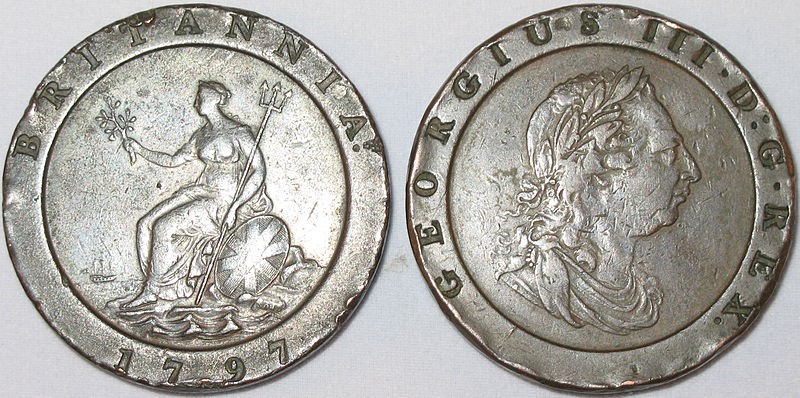
All Change Please! Exploring Birmingham’s minting history
March 8, 20191797 was the year that the first top hat debuted on top of a haberdasher’s head; the year that poet William Wordsworth was suspected of being a French spy whilst the war with France raged on; the Bank of England issued the first one-pound and two-pound notes, and the year…
Read More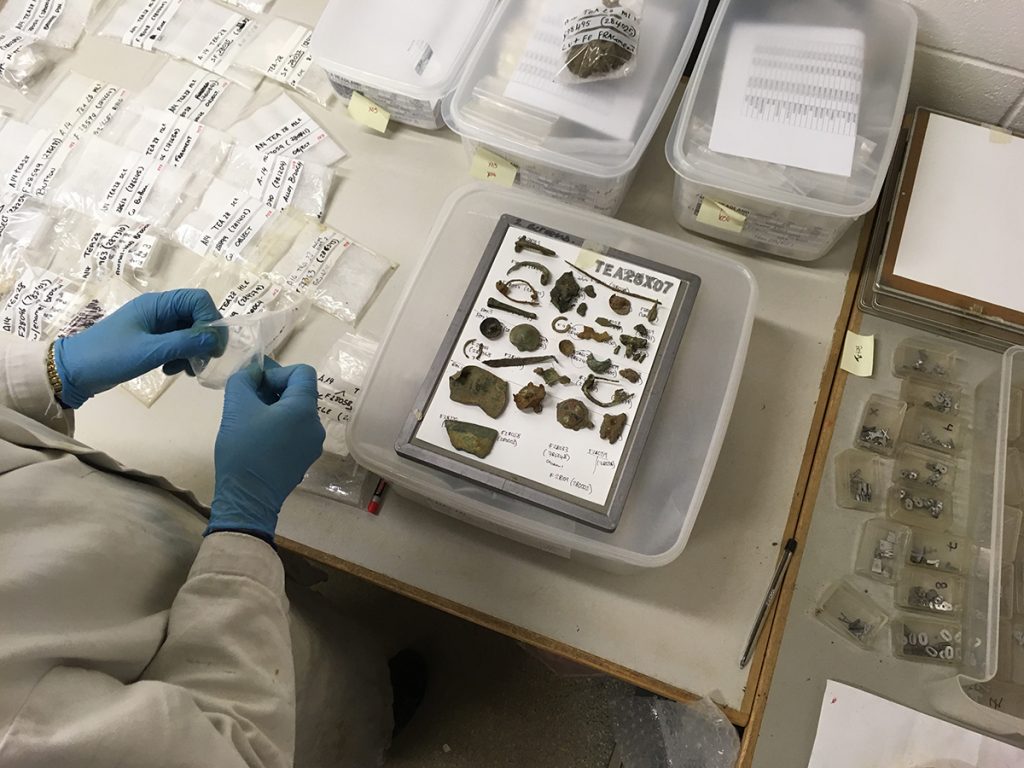
How are x-rays helping archaeologists identify finds from A14C2H?
February 21, 2019X-rays are a non-destructive way of exploring metal archaeological finds in more detail. They allow our finds specialists to reveal the true form of heavily corroded items and get a glimpse of the very fabric of an object, meaning they can better understand how it was made, its condition and…
Read More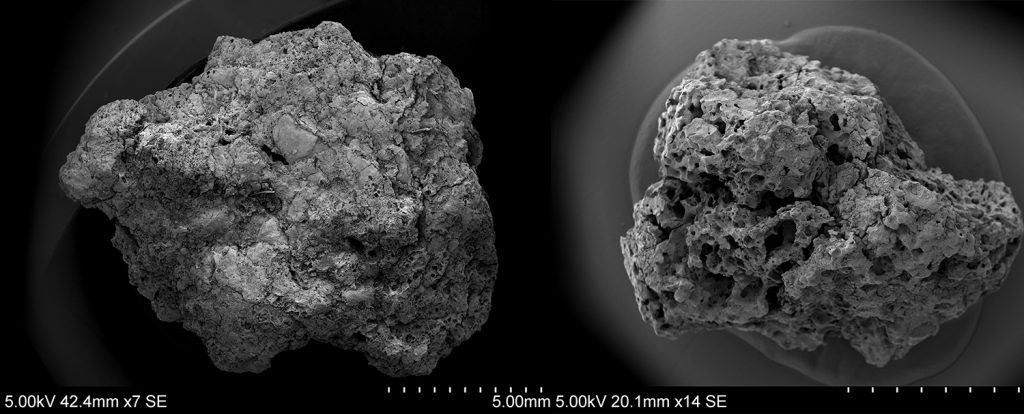
Earliest physical evidence of beer making process in Britain discovered on the A14C2H improvement scheme
January 30, 2019Our archaeobotanist, Lara Gonzalez Carretero, has uncovered what is believed to be the earliest physical evidence for beer-making in the UK, dating back more than 2000 years to the Iron Age, on the A14 Cambridge to Huntingdon improvement scheme. Evidence of early Iron Age porridge and bread-making has also been…
Read More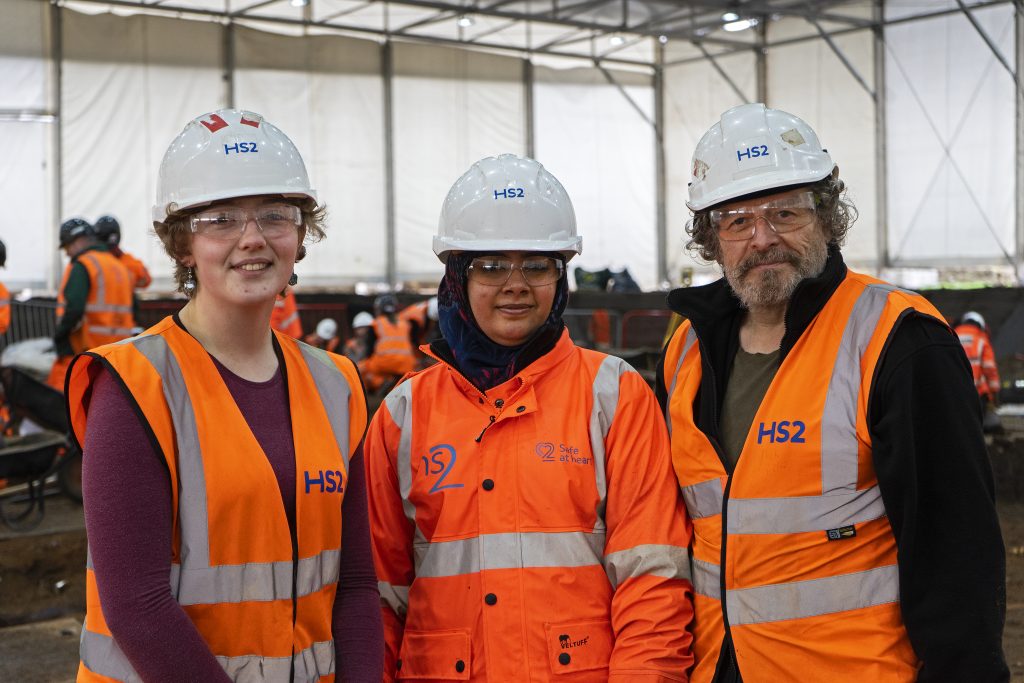
Meet the MOLA Headland trainees uncovering new careers in archaeology on HS2
January 17, 2019HS2’s archaeology programme is Europe’s biggest dig and is providing fascinating insights into the everyday lives of the people and communities who made modern Britain. It is also a great opportunity to bring fresh talent into the sector and upskill local people. In Birmingham, we’re working with partners: Laing O’Rourke…
Read More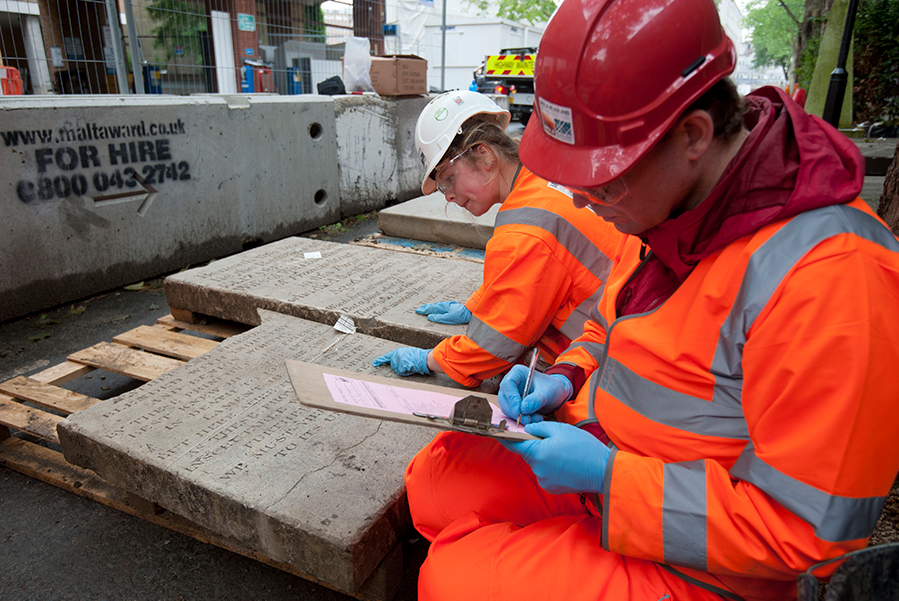
Local volunteers record gravestones of their 18th and 19th century forebears
December 22, 2018Over the summer an enthusiastic team of volunteers worked alongside our archaeologists to record the inscriptions of over 350 gravestones associated with St James’s burial ground in Euston, London. The gravestones are being studied for the HS2 archaeology programme. In this blog Community Engagement Officer, Paul McGarrity, tells us more….
Read More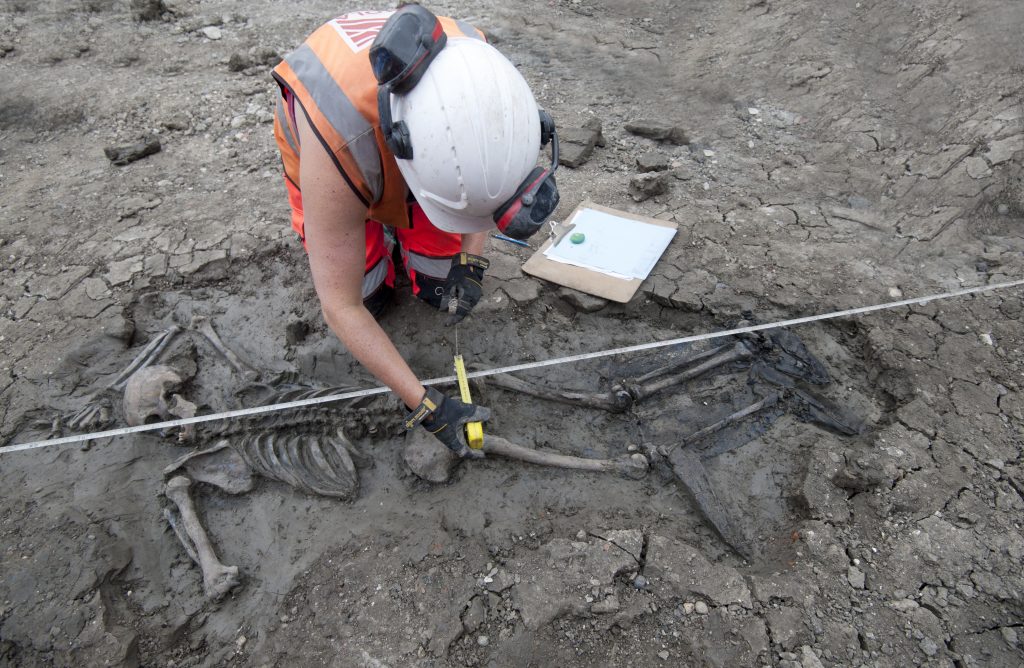
The medieval mystery of the booted man in the mud
December 3, 2018A mysterious male skeleton, lying face-down deep in the Thames mud, with a pair of in-situ thigh-high leather boots has been discovered by our archaeologists working on one of the sites being used to build London’s super sewer in Bermondsey. The skeleton was discovered at Tideway’s Chambers Wharf site in…
Read More
Archaeological excavation at Park Street burial ground underway
November 22, 2018Archaeological excavations at the site of the 19th century Park Street burial ground in Birmingham are up and running. Part of wider archaeological investigations taking place along the Phase One stretch of the HS2 rail route, the Park Street site is located on what will be the Birmingham Curzon Street…
Read More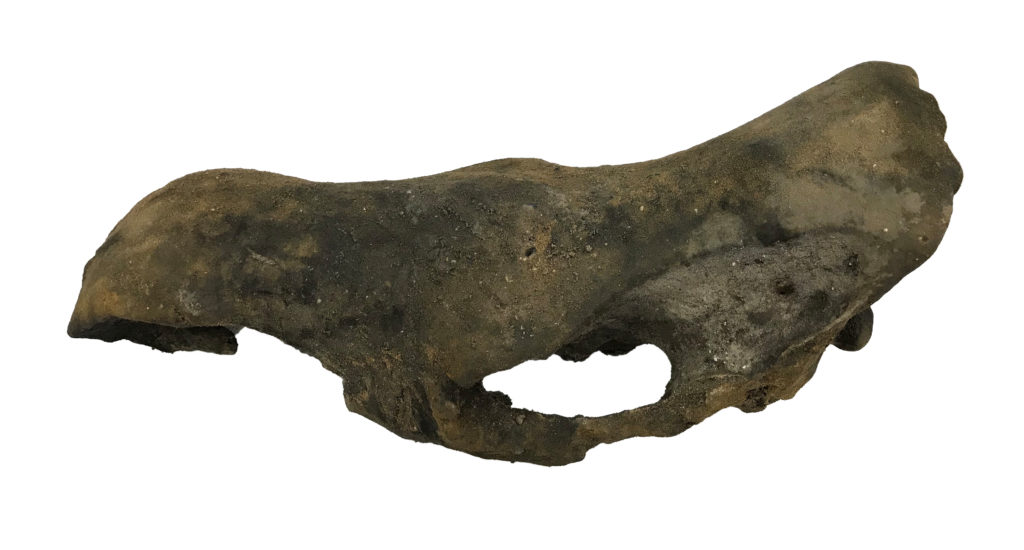
Cambridgeshire Ice Age giants uncovered on the A14C2H
October 22, 2018Excavations for the A14 Cambridge to Huntingdon Improvement Scheme have revealed partial remains belonging to extinct megafauna including woolly mammoth and woolly rhino, thought to be at least 100,000 years old. Archaeologists were working closely with plant operators from Walters Group when the remains were uncovered. MOLA Headland consultant Palaeolithic…
Read More